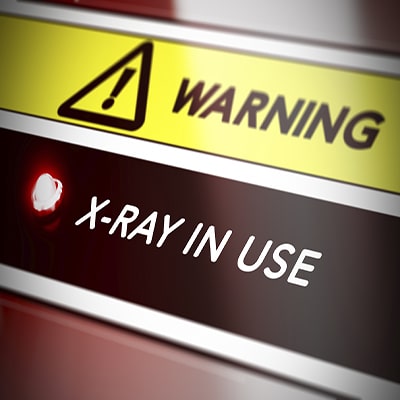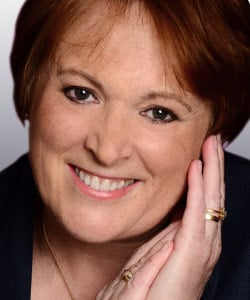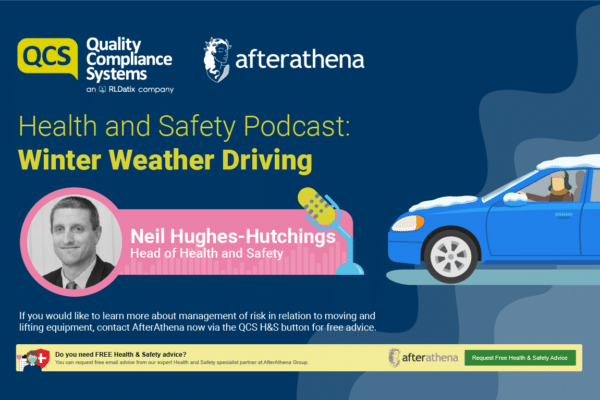 The majority of dental care procedures are assessed as presenting very little risk to patients’ well-being. In respect of the use of diagnostic radiographs there is a low, but known risk, and for this reason dental professionals are expected to adopt a policy for ensuring that patients’ exposure to harmful x-rays is, “As low as reasonably practicable”(ALARP).
The majority of dental care procedures are assessed as presenting very little risk to patients’ well-being. In respect of the use of diagnostic radiographs there is a low, but known risk, and for this reason dental professionals are expected to adopt a policy for ensuring that patients’ exposure to harmful x-rays is, “As low as reasonably practicable”(ALARP).
Although there are recognised risks from dental x-ray examinations, these are generally extremely low, such as a very slight increase in the probability of cancer occurring many years, or decades after the radiation exposure. As dental professionals we have a duty to ensure that we maintain equipment and working practices to ensure each patient secures optimum health benefits for any risk to which they are exposed.
To put the doses of radiation from dental x-rays into perspective, one must compare them with the natural background radiation that we are all exposed to all of the time. This background radiation comes from naturally occurring radioactive material in the ground and from cosmic rays irradiating the earth from outer space. Low-dose x-ray examinations of the teeth involve similar doses of radiation to those received in a period of just a few days from natural background radiation.
It will take many years, or even decades for a cancer to develop after exposure to radiation, the risks are reduced even further for people who are elderly at the time of exposure. For many people over sixty years of age there will simply not be sufficient time in their remaining lifespan for a radiation-induced cancer to develop. Conversely, children undergoing x-ray examinations may have up to twice the lifetime risk of a middle-aged person, from the same x-ray examination.
Quality Principles
Initially quality principles are followed through when the prescribing clinician demonstrates clear justification for exposing a patient to the known radiological risks. This is then supported by the team, as they ensure that the diagnostic value of all radiographs is as high as possible, to justify the associated risks. To do this requires the team to recognise their professional responsibility to ensure that working systems, equipment and their professional skills secure the best possible diagnostic outcome for every exposure.
Working Systems
Practices must ensure they produce x-rays with adequate diagnostic information, while doses remain ALARP. This principle must be supported by high quality administrative systems to ensure x-rays can be located when needed and are correctly labeled. This requires clear written procedures to be in place and for those procedures to be audited to ensure they are effective.
Clinical Quality Assurance
To ensure the production of good diagnostic quality radiographs, image quality must be monitored on a regular basis. Each exposure is scored in the following way to produce an objective quality measure:
- Excellent – No errors of patient preparation, exposure, positioning, processing or film handling
- Diagnostically Acceptable – Some errors of patient preparation, exposure, positioning, processing or film handling, but which do not detract from the diagnostic utility of the radiograph.
- Unacceptable – Errors of patient preparation, exposure, positioning, processing or film handling, which render the film diagnostically unacceptable.
Team Skills
As the role of dental nurse expands, the dental nurse radiographer has become an established team role in dental practices throughout the UK. There are a range of recognised qualifications to enable dental nurses to play an expanded role in patient care. Dental nurses involved in taking radiographs must be adequately trained – this means they must hold an approved dental nurse radiographer qualification. Dental nurses not involved in taking radiographs must keep their knowledge up-to date about the safe and effective use of x-radiation for dental diagnosis.
As with all dental activities team work is the driving force of high quality treatment and care. In respect of Radiation in Dentistry this is clearly defined in legislation and monitored by The General Dental Council, the Heath and Safety Executive and the Department of Health.






